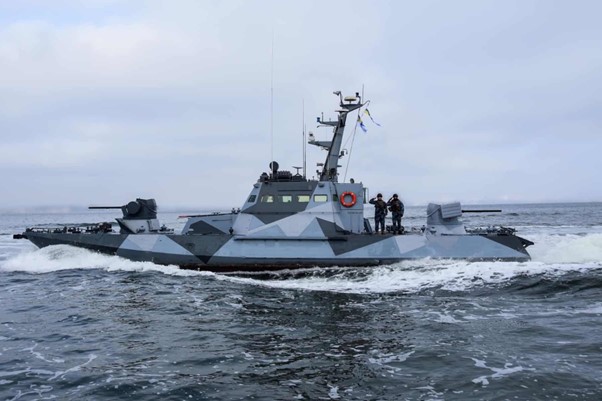A video circulating on social media shows Ukrainians testing a first-person view (FPV) drone equipped with an RPG-18 grenade launcher.
“Testing of a Ukrainian FPV drone with an RPG-18 grenade launcher,” read the caption accompanying the video released on the Belarusian opposition’s Nexta Telegram channel.
JOIN US ON TELEGRAM
Follow our coverage of the war on the @Kyivpost_official.
Kyiv Post could not independently verify the location or time of the video, which shows the drone taking off from the ground and flying several meters with the attached grenade launcher.
The RPG-18 Mukha is a Soviet grenade launcher developed in 1972. It has a 64mm caliber and is capable of firing a single cumulative grenade weighing 1.4 kilograms at a distance of up to 200 meters.
The use of various types of weapons on remote-controlled multicopters has opened a new chapter in battlefield tactics, a Ukrainian aerial scout told Kyiv Post on the condition of anonymity.
“It all started with using commercial drones to drop hand grenades,” he said. “Since then, the role of multicopters has evolved, allowing for more targeted bombing with heavier ammunition, night bombing, and the use of kamikaze drones as anti-tank, anti-aircraft systems, interceptors of aerial targets, and thermite mixture carriers.”
According to the Ukrainian scout, the modification of the FPV drone equipped with a disposable grenade launcher is still “raw” but shows promise.

Zelensky Appoints High-Flying General to Critical Eastern Donbas Sector, Scene of Heavy Russia Losses
“Of course, the technology still needs to be tested and compared to classic FPV kamikaze drones,” he added.
If mass-produced, this technology could reduce the number of injuries to Ukrainian military personnel when equipping initiation boards and improvised explosive devices.
“Today, the risk of injuries to engineers while equipping kamikaze drones is quite high, but it’s not commonly discussed,” the scout told Kyiv Post.
The Ukrainian media outlet Telegraf reported that the idea of attaching a grenade launcher to a drone was previously proposed by the Belarusian design bureau Display during the Russian exhibition Army-2021.
Telegraf highlighted the main challenge of using drones with weapons: due to the small weight of the copter, it becomes destabilized after firing. Moreover, guiding the grenade in the correct direction while maintaining control of the drone is another challenge.
Modifications of drones with grenade launchers – what do we know so far?
Earlier this year, Portaltele, a Ukrainian telecommunications portal, reported that Ukrainian engineers had modified the DJI Agras T30 agricultural drone to detect, track, and destroy military targets using a 7.62x54 mm PKM machine gun and a Bullspike-AT grenade launcher.
“When upgrading the drone, engineers had to solve technical issues, such as maintaining stability during firing, minimizing recoil problems, and managing ammunition effectively,” the report read.
The Agras T30 is equipped with a reliable propulsion system, a top-view radar module, an intelligent endurance/return function, and a maximum flight altitude of 4,500 meters. It also has obstacle avoidance systems for added safety and removable batteries for increased convenience during agricultural or military tasks.
The publication outlined that the Agras T30 armed with a Bullspike-AT grenade launcher could now target tanks, self-propelled howitzers, armored vehicles, and fortified positions.
The Bullspike-AT uses a 72.5mm high-explosive PG-22 anti-tank missile, featuring a point-detonating warhead that can penetrate up to 400mm of armor. It has an effective range of up to 350 meters.
In a conversation with Kyiv Post, the Ukrainian aerial scout disclosed that the cost of this drone would be no less than Hr.850,000 ($20,507). However, the drone is quite noisy and slow, which raises doubts about its battlefield effectiveness.
A video that has been circulating on social media recently shows a Ukrainian FPV drone, reportedly equipped with an AK-74 assault rifle, firing at Russian positions in the Donetsk region.
Speaking anonymously to Kyiv Post, a Ukrainian aerial scout described the development as an early step in creating systems capable of air-based target destruction. While the technology holds potential, the scout said that several factors still limit its effectiveness. Key challenges include improving accuracy, requiring additional aiming equipment, managing limited ammunition, and ensuring quicker reloading.
The scout also suggested that soon this technology could advance to a level where drones might be able to fly into trenches and storm tree lines.
You can also highlight the text and press Ctrl + Enter











